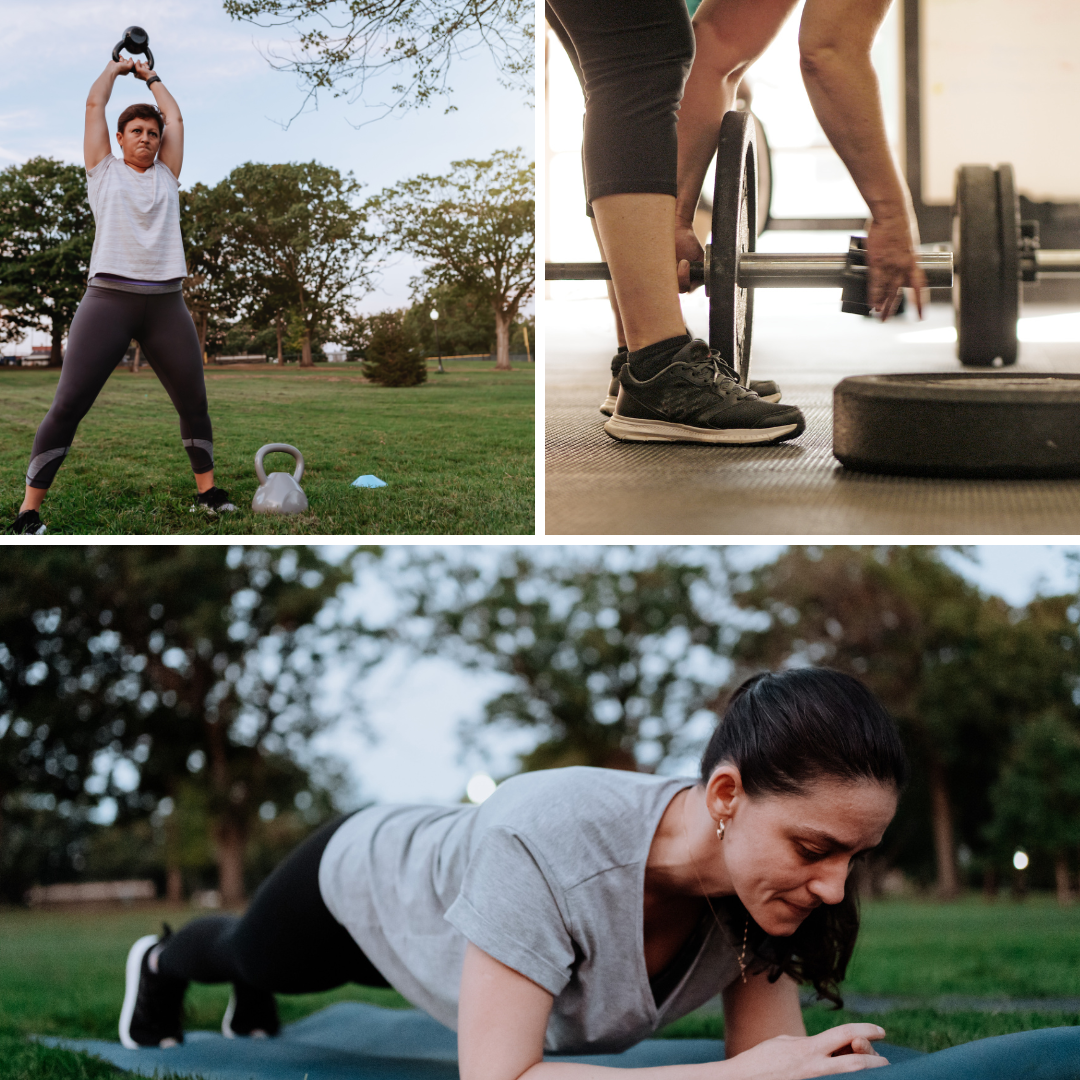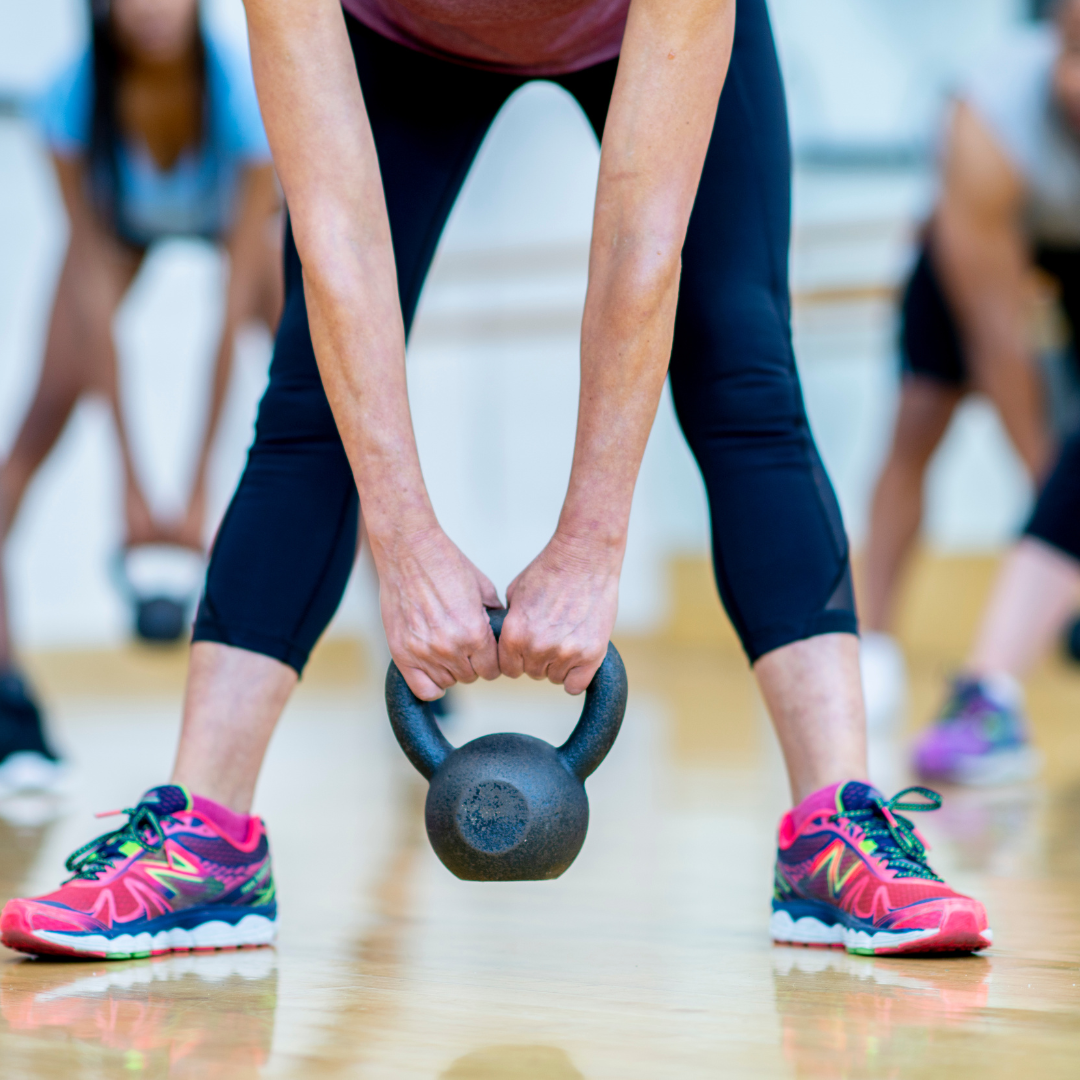Why Midlife Women Struggle to Change Habits and How to Succeed
Discover why behavior change is challenging for midlife women and how to succeed. Learn how identity shifts, small steps, and consistency can help you create lasting habits for health and well-being without focusing solely on the scale.
Unlocking the Secrets to Aging Gracefully
Aging is inevitable, but it doesn't mean we must passively accept its effects. This comprehensive blog post explores the power of functional training in defying the physiological challenges of aging. Functional training is vital in preserving youthful vitality.
Discover how functional training can defy the physiological challenges of aging. Explore what functional training is and why it's crucial for preserving vitality as you age. Whether you're new to muscle fitness or looking to enhance your current routine, this comprehensive guide provides valuable insights into aging gracefully.
The Power of Strength Training in Midlife: Defying Aging with Exercise
The journey through midlife and menopause is a unique and transformative period in a woman's life. It's a time of self-discovery, reflection, and change. It’s also a phase marked by significant physiological changes as women navigate through menopause and post-menopause.
While it comes with challenges, it's also an opportunity to take charge of one's health and well-being. It doesn’t have to be overshadowed by the negative aspects of aging.
Engaging in recreational activities and exercise can be a game-changer during this phase, enabling women to navigate the challenges of midlife and menopause with confidence, resilience, and improved mental and physical health. There are myriad benefits of strength training during midlife that can impact both body and mind by enabling women to take control of their health and enhance their overall well-being well into their later years.
Eleven Reasons Strength Training in Midlife Improves Health
Strength training is one of the cornerstone things women can do to improve their healthspan to live vibrantly and energetically for as long as possible. As we age, the body declines first, then disease begins. The best way to offset illness is to prevent the body from deteriorating. And the best way to do that is to maintain muscle mass.
Discover Eight Motivating Ideas to Help You to Move More and Sit Less During Midlife
As we age, we tend to get less and less physical activity and exercise. And, most of us know that exercising and being physically active has health benefits.
Research shows that adults who weren’t active until later in life - after 50 - have an almost equal reduction in risk for disease and early death than adults who were always active.
Continue your active lifestyle if you already have a routine, but remember it’s never too late to start being active or exercising. Making changes, no matter your age, can help add quality years to your life!
Don’t miss a blog post - sign up for the Rumblings emails to receive posts delivered straight to you email inbox!





